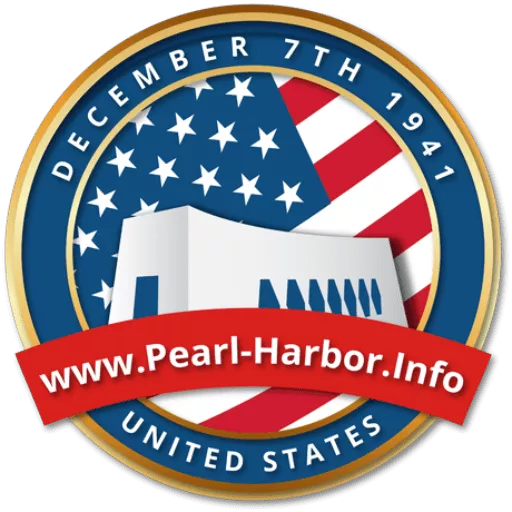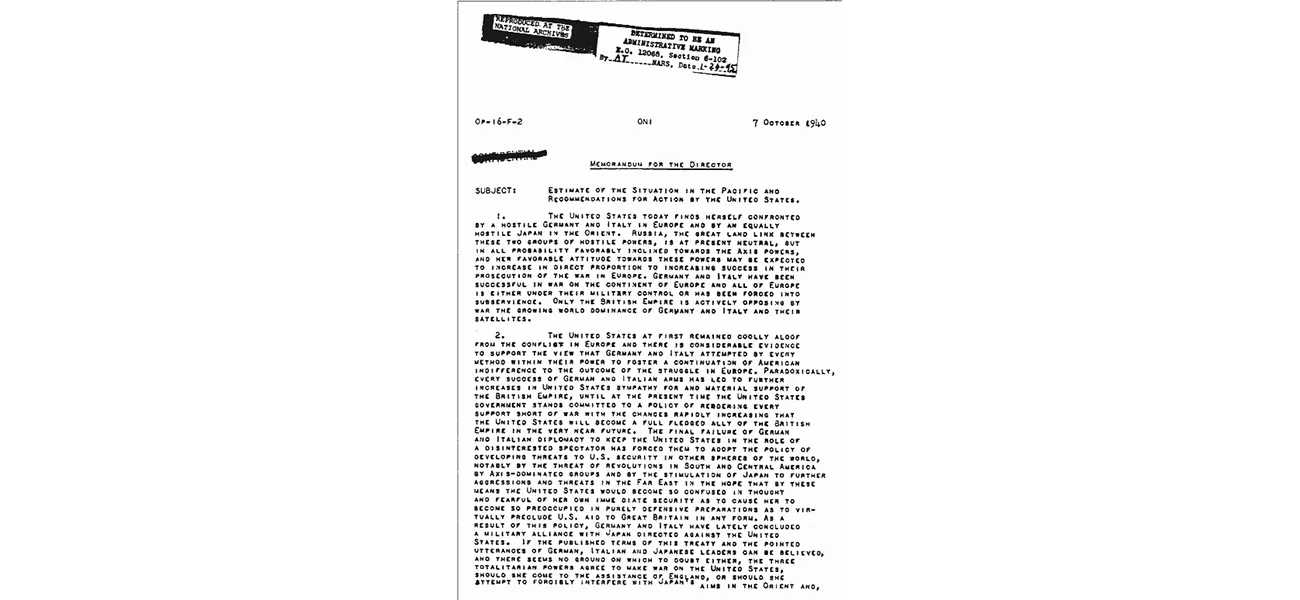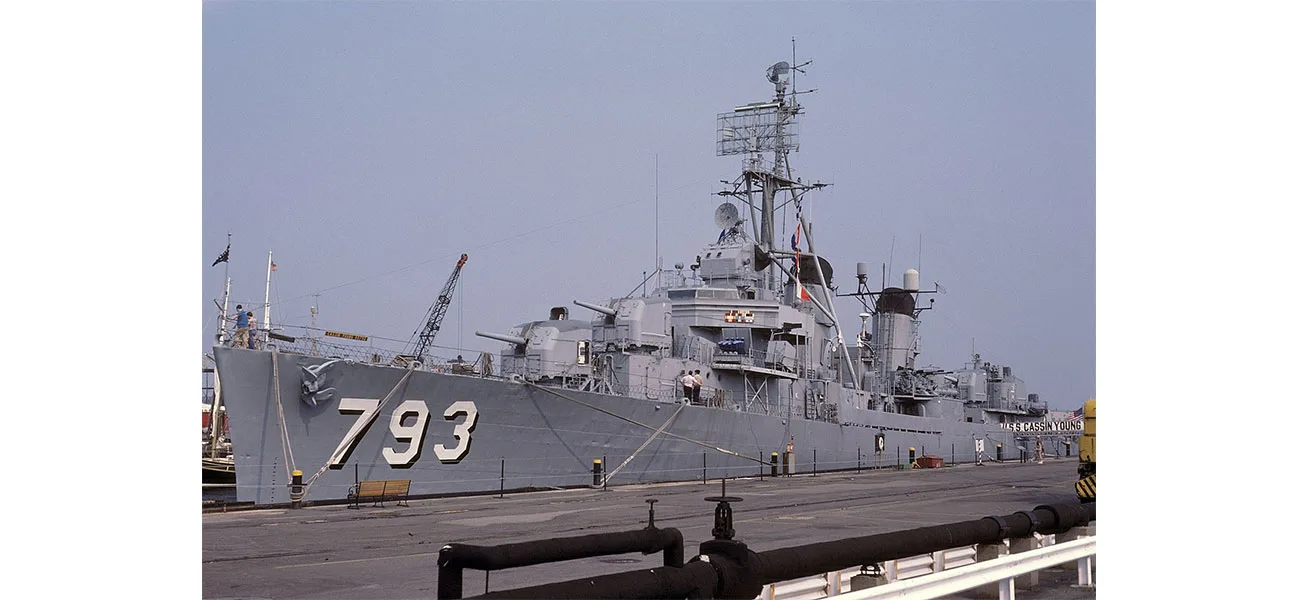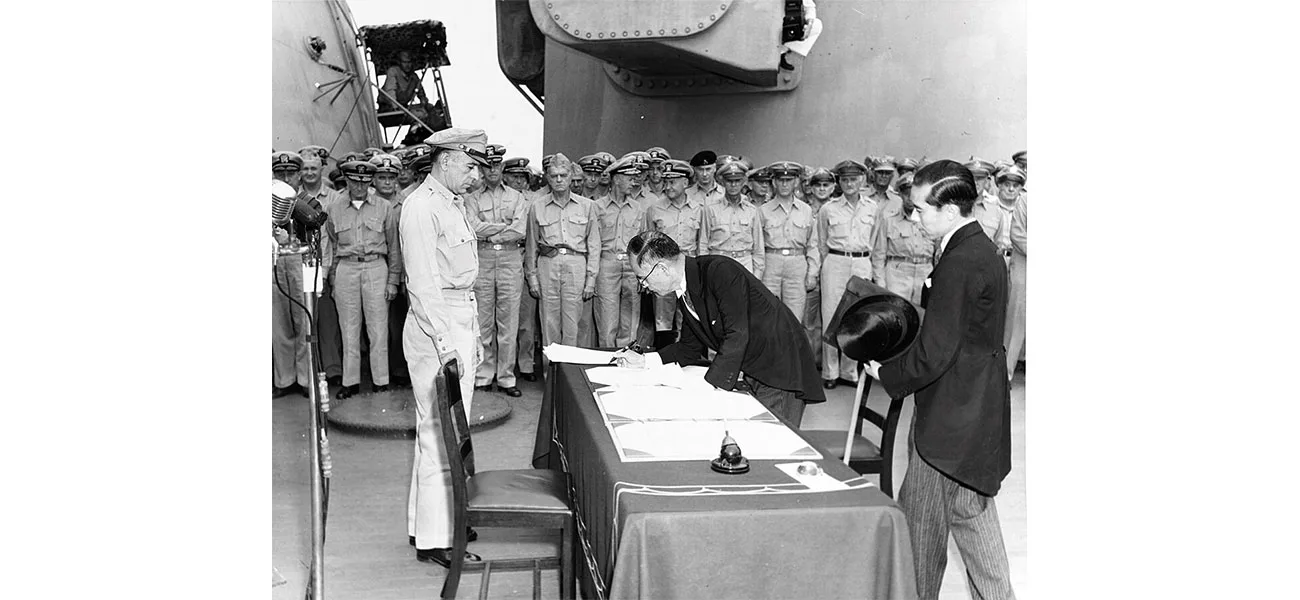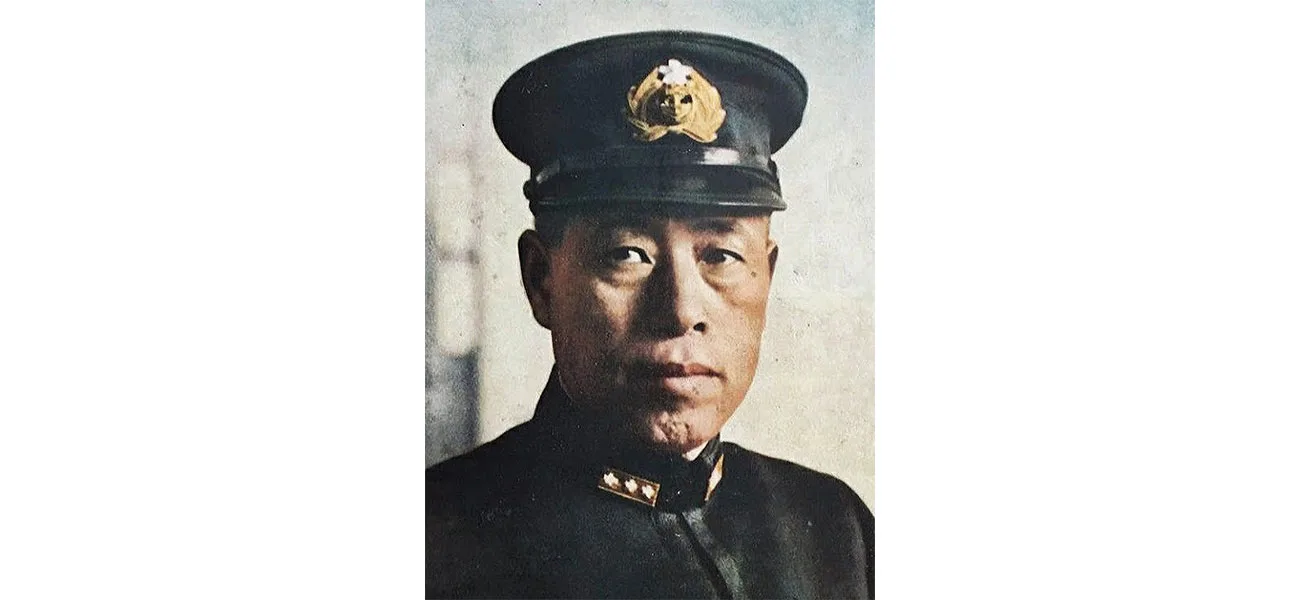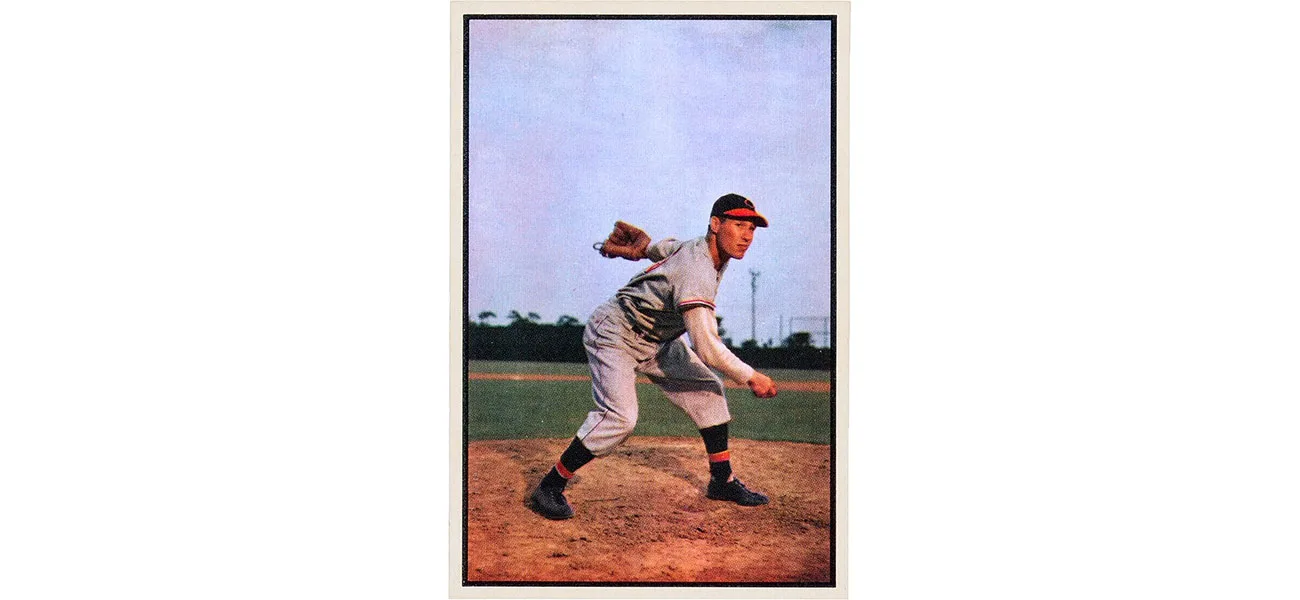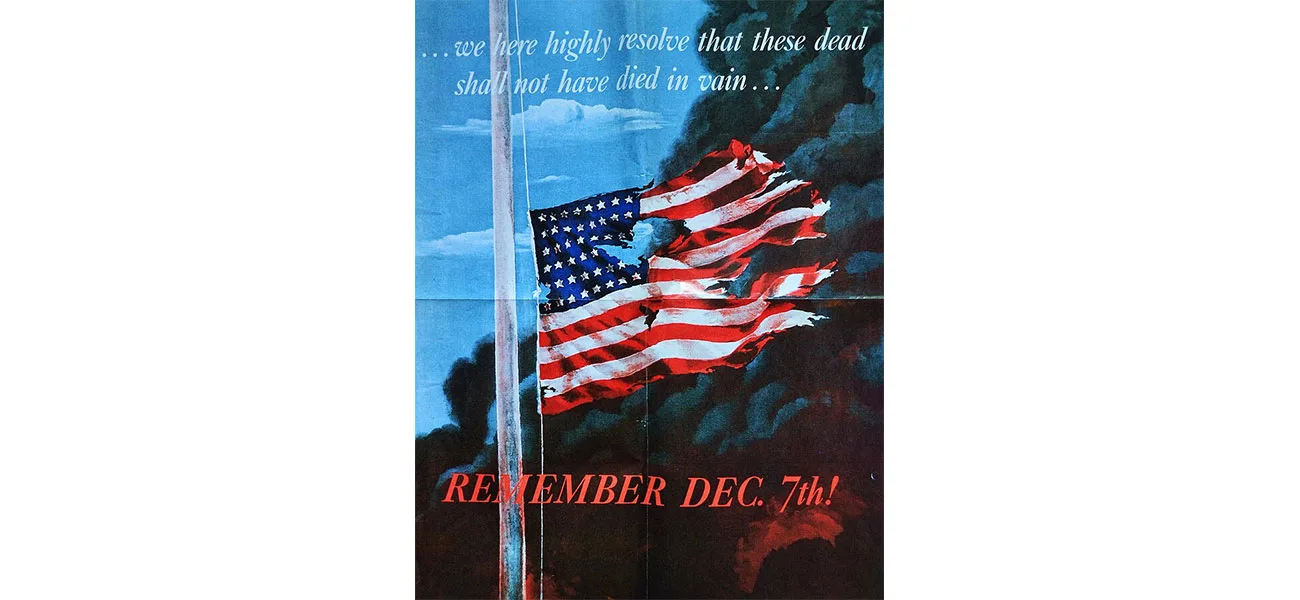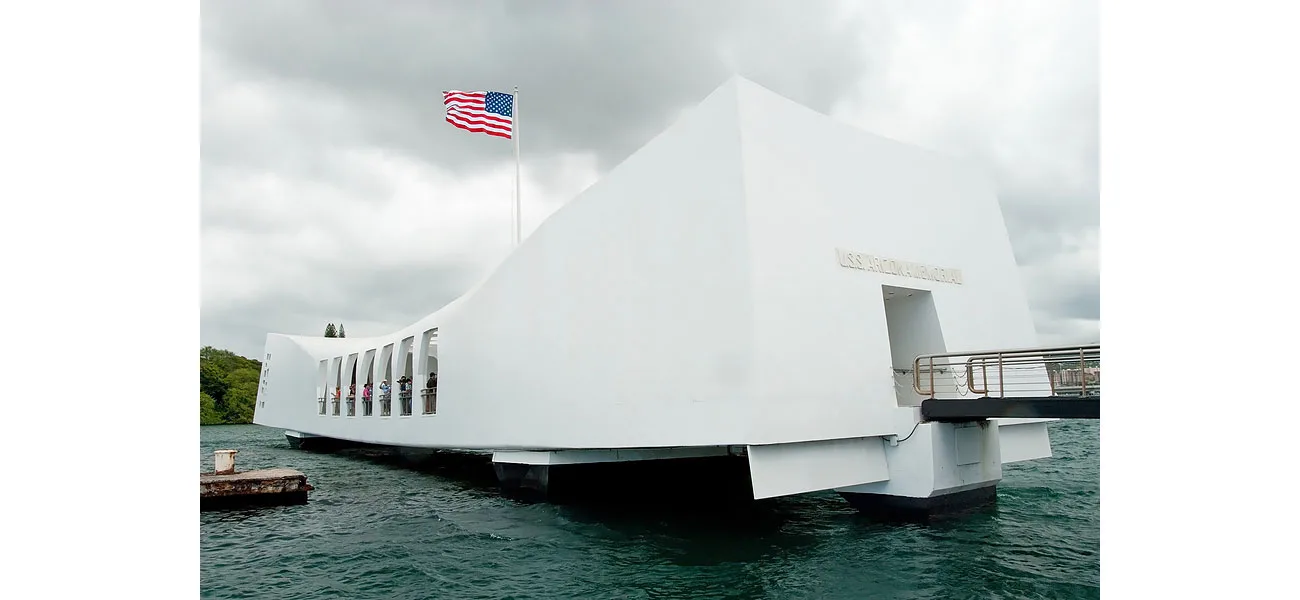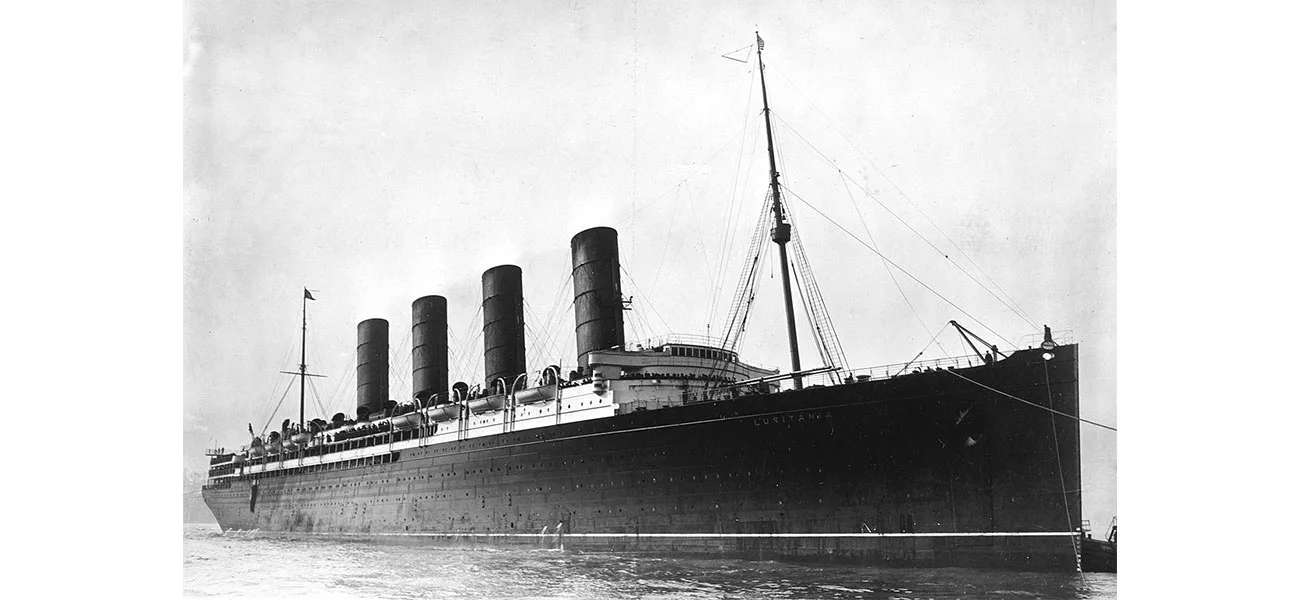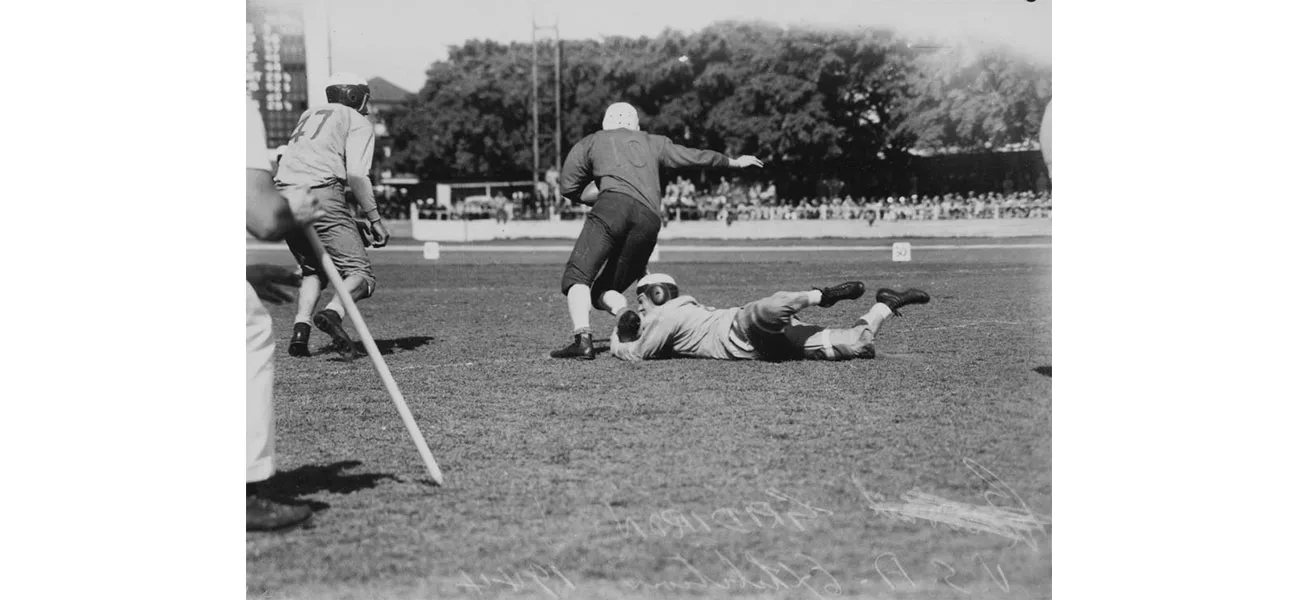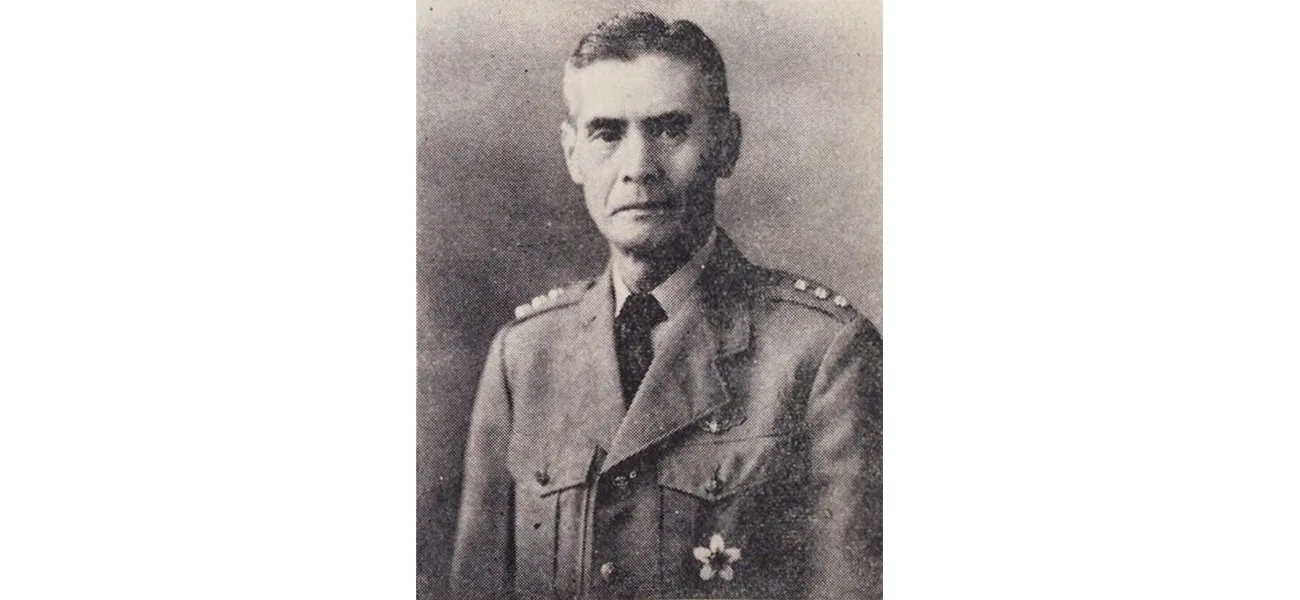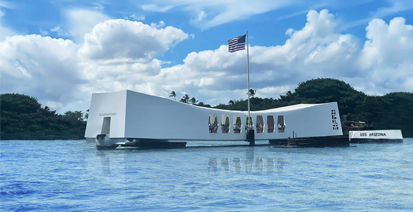Notable Letters From Pearl Harbor
Notable Letters From Pearl Harbor capture the raw emotions, firsthand experiences, and historical significance of one of the most devastating days in American history—December 7, 1941. In an era without phones or instant messaging, letters and telegrams were the only ways to communicate with loved ones. The attack on Pearl Harbor left families desperate for news, and those who survived documented their experiences in poignant letters that still resonate today.
One such letter came from Mrs. Jane Colestock, the wife of Lieutenant Edward Colestock, who witnessed the immediate aftermath of the attack. Just days later, she wrote, “If I live thru it, I’ll be glad not to have missed it.” Her words reflect both the terror and resilience that defined this period. Describing the destruction, she wrote, “Superficially the station looks the same except for the skeleton of a burned hangar, wreckage of a Japanese plane scattered on the hill, and of course, gun emplacements, brownish-green dyed white uniforms on the sailors, helmets, rifles, pistol belts, unshaven officers, etc.”
Messages of Survival and Strength
For many stationed at Pearl Harbor, survival was uncertain. Marine Corporal E.C. Nightingale, aboard the USS Arizona during the attack, miraculously made it out alive. In a letter recounting his escape, he wrote, “We were perhaps twenty-five feet from the pipeline when the Major’s strength gave out. I saw he was floundering, so I loosened my grip on him and told him to make it alone. He stopped, grabbed me by the shirt, and refused to let go. I would have drowned but for the Major. We finally reached the beach where a Marine directed us to a bomb shelter, where I was given dry clothes and a place to rest.” His letter paints a haunting yet inspiring picture of heroism and camaraderie amid chaos.
Assurances and Humor Amidst War
For those back home, the days following the attack were filled with anxiety, waiting for any word that their loved ones had survived. Corporal Henry G. Rieth sent telegrams to his family in Boston to let them know he was safe. Two weeks later, he followed up with a letter offering reassurance laced with humor: “I went up to the hospital with Johnnie to see a few of the boys. I guess they’ll all pull through O.K… Paul will be back with us soon because the way he’s improved is proof that he’s got what it takes. I started kidding him about only the good dying young, and that’s the reason he got off so easy. He’s the type of guy that doesn’t even cuss or drink anything stronger than a Coke, so he got a kick out of it.”
This letter showcases how, even in the face of war, soldiers found ways to uplift each other and maintain a sense of normalcy.
Warnings and Predictions for the Future
While many were still reeling from the attack, some military leaders were already looking ahead. Commander Slade Cutter, who would later earn four Navy Crosses for his wartime service, wrote to his mother with remarkable foresight: “I do not think that the attack will be repeated, as the element of surprise is lacking, and that was the only thing that made the affair successful. It was a serious blow, but not at all as bad as one might think.” His words highlight the resilience of the U.S. military and the confidence that Japan’s initial advantage would not last.
The Lasting Impact of Pearl Harbor Letters
These letters from Pearl Harbor serve as invaluable historical records, providing intimate glimpses into the minds of those who lived through the attack. They capture fear, courage, grief, and even humor—emotions that continue to resonate over eight decades later. Each letter is a reminder of the human side of history, bringing personal voices to an event that shaped the world.
As we reflect on Pearl Harbor, these letters allow us to step back in time, understanding the thoughts, struggles, and unwavering resilience of those who endured that fateful day. Their words keep history alive, ensuring that the legacy of Pearl Harbor is never forgotten.
